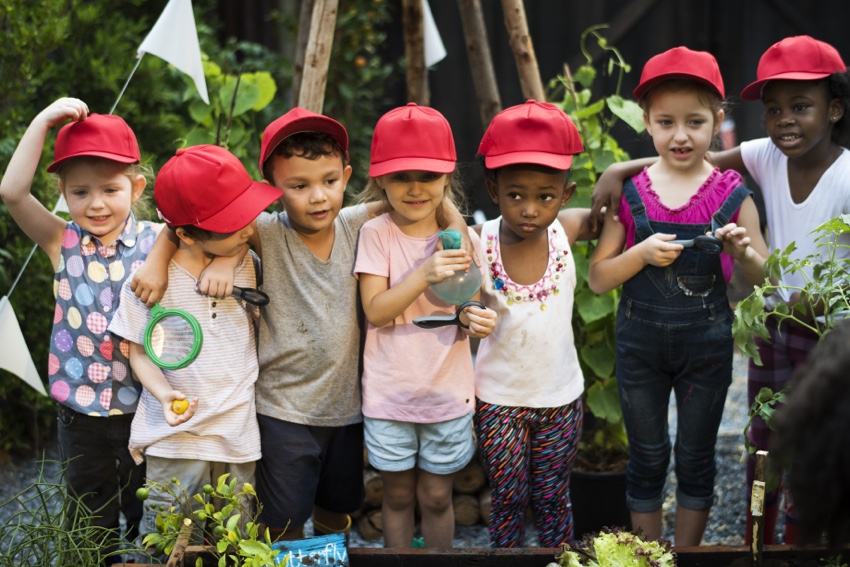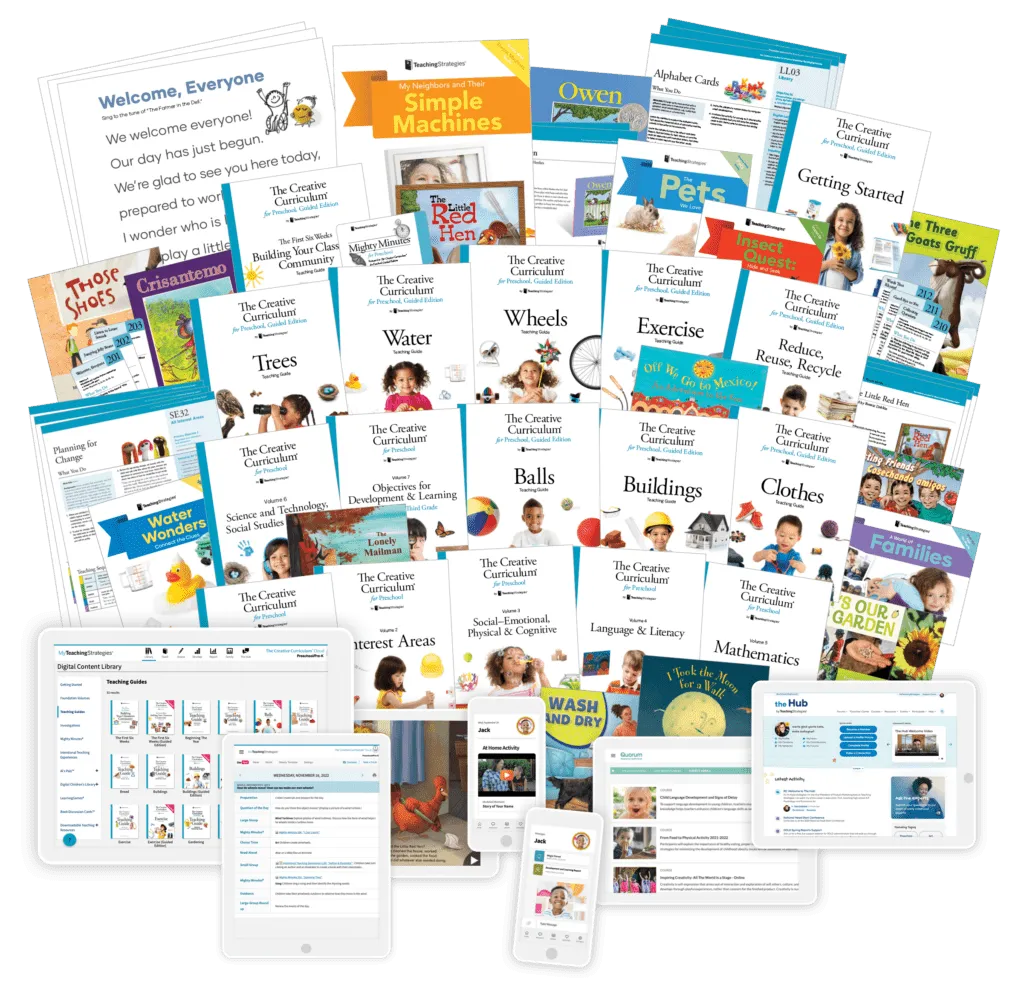7 Benefits of Hands-On Studies


My wonderful colleague Breeyn Mack recently shared a story about how taking her preschool class on a nature walk, reminded her of the benefits of studies. The children were looking for signs of spring. Before they embarked on the walk, they made predictions about what they might see.
When they returned from their adventure, they compared their observations to their predictions. Here’s what they saw:
- insects
- flowers blooming
- trees budding
- seeds
- ants
- small animals
- puddles from a recent rainstorm
After hearing this story, my colleagues and I had a lively discussion about how spring (a typical thematic unit in many preschool classrooms) provides an abundance of potential study topics. Many of the things Breeyn’s class observed on their nature walk would lend themselves to incredibly rich long-term, hands-on investigation for preschool children. That got us thinking and talking about the benefits of engaging children in long-term studies.
7 Benefits of Hands-On Studies
- Studies focus on science and social studies topics while promoting skills in language and literacy, math, technology, and the arts.
- Studies enable children to apply their newly acquired skills within meaningful, real-life contexts.
- Studies equip children to solve problems and find answers to their questions creatively.
- Studies engage and challenge all children at all developmental levels.
- Studies facilitate higher-level thinking, development of intellectual interests, and positive approaches to learning.
- Studies encourage family involvement in children’s development and learning.
- Studies promote the development of social–emotional skills such as resolving conflicts, sharing responsibilities, and working collaboratively.
Breeyn’s class was so riveted by the changes to the trees that they decided to revisit the topic of trees despite having finished the Trees study from The Creative Curriculum for Preschool the previous fall.
The class conducted a shorter study this time around, focusing their investigations on the changes that they observed in the trees since their preliminary observations in the fall. A notable change they identified was that the Bradford pear tree in front of the school was now showing off an abundant array of large, white blossoms. The children revisited some of their observational drawings and shared writing experiences from the earlier study to make comparisons and discuss the changes trees go through throughout the year.
If you live in an area with a four-season climate, how do you let the change of seasons inspire your curriculum?
